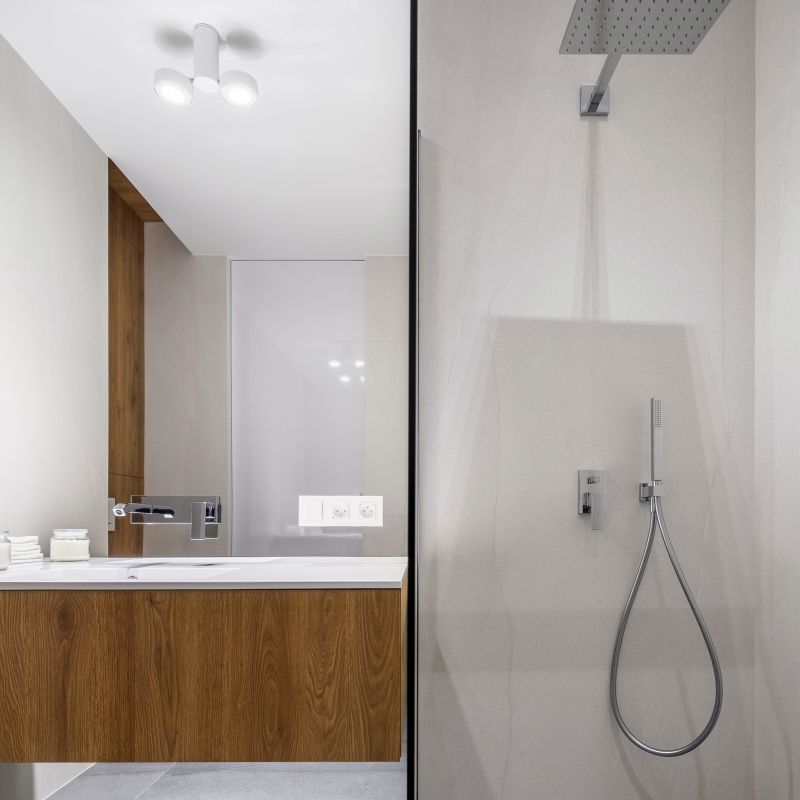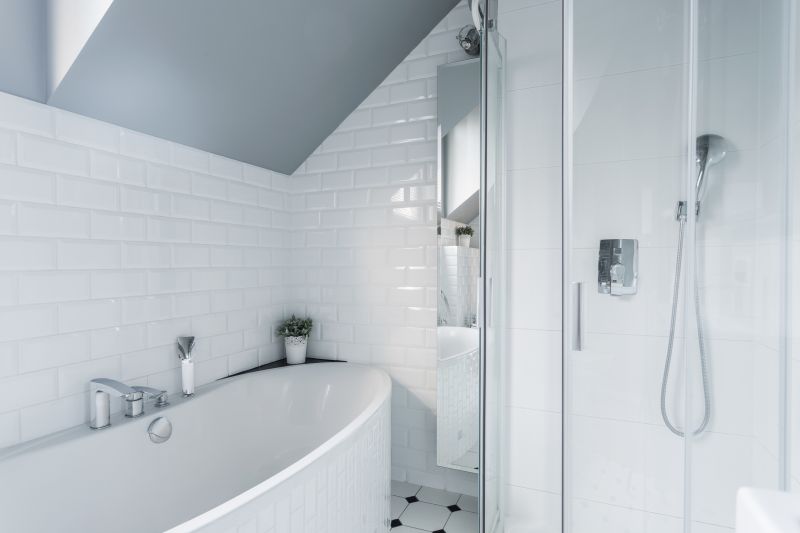Optimal Timing for Shower Installations
Shower installations are typically scheduled based on project scope, weather conditions, and homeowner availability. The optimal time often depends on local climate patterns and contractor schedules, ensuring minimal disruption and optimal working conditions.
Spring and summer months generally provide better weather for exterior work, reducing delays caused by rain or cold temperatures.
Scheduling after planning and design completion ensures the installation proceeds smoothly without interruptions.
Choosing a time when homeowners are available for consultations and inspections can streamline the process.
Aligning installation with material availability can prevent delays due to supply chain issues.

Ways to make Shower Installations work in tight or awkward layouts.

Popular materials for Shower Installations and why they hold up over time.

Simple add-ons that improve Shower Installations without blowing the budget.
Proper timing for shower installations can influence the quality and longevity of the finished project. Planning ahead allows for thorough preparation, including measurements, material selection, and coordination with contractors. Weather conditions play a significant role; installing during dry, mild weather minimizes risks of delays and damage caused by moisture or temperature fluctuations.

High-end options that actually feel worth it for Shower Installations.

Finishes and colors that play nicely with Shower Installations.

Little measurements that prevent headaches on Shower Installations day.

A 60-second routine that keeps Shower Installations looking new.
| Factor | Best Timing Consideration |
|---|---|
| Weather Conditions | Dry, mild weather preferred |
| Material Availability | Order materials early to ensure timely delivery |
| Contractor Schedules | Off-peak seasons may offer more flexibility |
| Homeowner Readiness | Schedule when homeowners are available for inspections |
| Project Scope | Larger projects may require more planning time |
| Local Climate | Spring and summer are generally optimal |
| Supply Chain Factors | Avoid peak demand periods |
